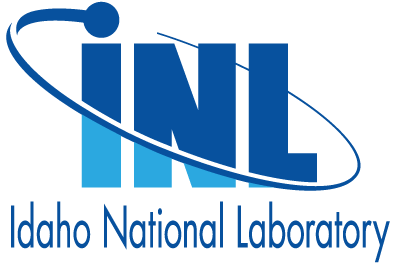
Weapons Complex Monitor Vol. 35 No. 08
Visit Archives | Return to Issue PDF
Visit Archives | Return to Issue PDF
Weapons Complex Monitor
Article 1 of 9
February 22, 2024
Idaho on pace to ship legacy waste to WIPP by 2032

While the Department of Energy is satisfying a New Mexico push to move more transuranic waste from Los Alamos National Laboratory to the Waste Isolation Pilot Plant near Carlsbad, N.M., the Idaho National Laboratory remains the underground mine’s top shipper,…
Partner Content